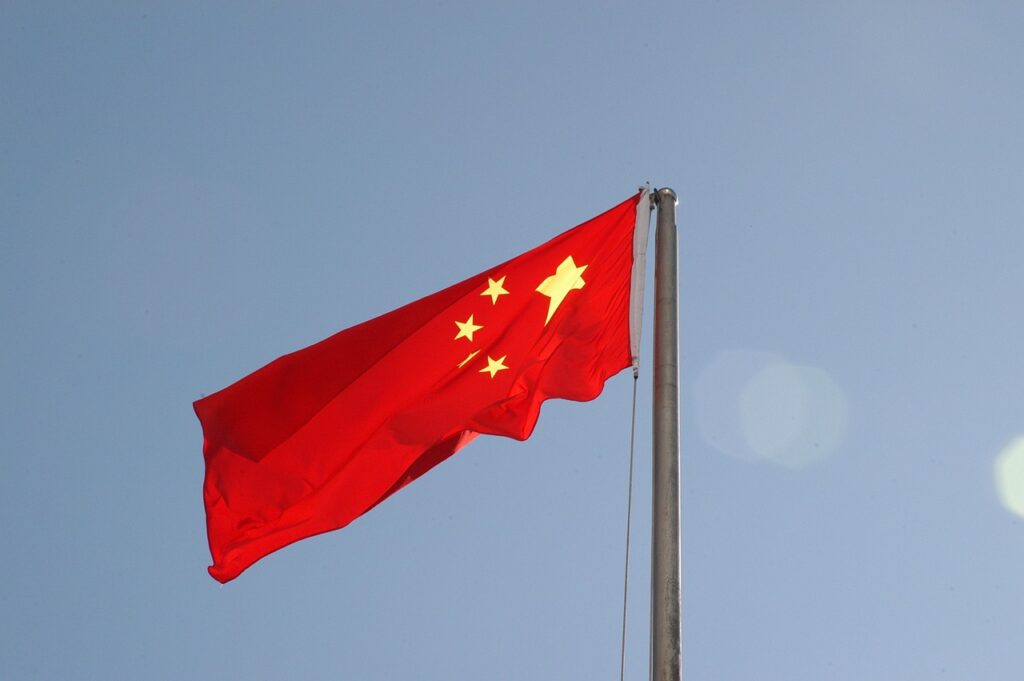A recent move by a prominent Chinese lithium company to suspend technology exports has injected a fresh dose of uncertainty into global markets. This decision comes amid escalating trade tensions, particularly with the United States, and raises questions about the broader implications for the tech and electric vehicle (EV) industries.
Last year, the global lithium market was valued at approximately $6 billion, driven by the expanding demand for lithium-ion batteries used in various tech applications and EVs. The market has been predicted to grow at a compound annual growth rate (CAGR) of nearly 11%, according to analysts. However, China’s decision disrupts this optimism, prompting reconsiderations of supply chain strategies and exposing vulnerabilities in international dependencies.
China is a major player, contributing to more than half of the world’s lithium production. This leverage has been a cornerstone of China’s geopolitical strategy, aligning with recent data showing that the country aims to maintain dominance in critical raw materials. As the U.S. and other nations pivot towards greener technologies, their reliance on China’s lithium supply has become more pronounced.
The underlying challenges of this development are multifaceted. Firstly, there is the issue of dependency. Over 80% of battery manufacturing capacity is concentrated in China, compelling companies worldwide to reconsider their investment strategies. Industry experts indicate that there’s potential for reshoring production capabilities to mitigate risks, but such transitions require substantial capital investment and time, potentially extending over a decade.
Moreover, export halts have a ripple effect on R&D innovations, particularly in the EV sector, where the race for higher-capacity batteries is most intense. The International Energy Agency reported a surge in EV sales, noting a 40% year-on-year growth, further pressuring manufacturers to secure a stable lithium supply. This trend underscores the pressing need for market diversification, which could spur partnerships and investments in lithium-rich regions like Australia and South America.
While these measures may offer a partial solution, they also present unique challenges. Geopolitical unpredictability exacerbates the difficulty of securing long-term resource stability. Regulatory frameworks in alternative regions may not be as developed or favorable as those in China, complicating fast-track adoption by companies. Additionally, shifting supply chains are fraught with logistical hurdles, from transportation infrastructure to skilled workforce availability.
In conclusion, as trade frictions persist, the short-term landscape looks increasingly complex. Companies involved in the tech and EV sectors may have to ramp up their strategic planning efforts, integrating a multi-pronged approach that balances immediate needs with long-term sustainability goals. Strategic moves include diversifying supply sources, investing in recycling technology to reclaim lithium, and forging alliances to fortify market positions against potential disruptions.





